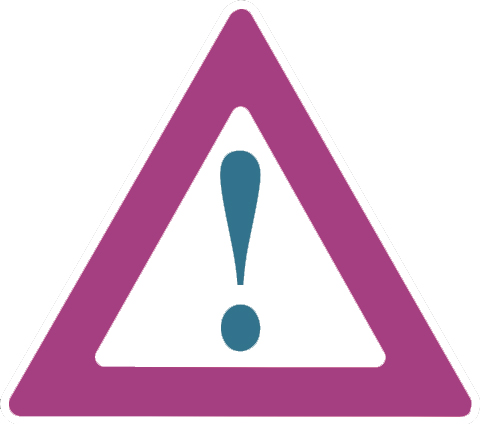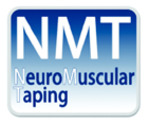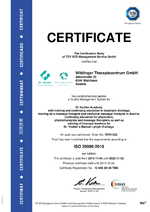
Bendaggio di un linfedema distale (piede e caviglia) in paziente che presenta anche edema cardiaco, utilizzando bende a lunga elasticità.
|
Aqua Lymphatic Therapy in Managing Lower Extremity Lymphedema
Dorit Tidhar, BPT, Jacqueline Drouin, PhD, PT, and Avi Shimony, MD
Lymphedema of the lower extremity is a complication that follows treatment for gynecologic cancers. The prevalence of lower extremity lymphedema in women treated for these malignancies reportedly is 30%. However, among women with vulvar cancers who undergo removal of the inguinofemoral lymph nodes and radiotherapy,
the prevalence increases to 47%.
The risk factors for lymphedema includes early complications that occur after lymphadenectomy (eg, wound breakdown or infection, lymphocyst formation, early lymphedema).3 Signs and symptoms for leg lymphedema are pain, swelling, reduced
range of motion, muscle weakness, genital lymphedema, and difficulty with such activities of daily living as sitting or walking.
However, this condition does not cause only physical discomfort. Chronic lymphedema produces high levels of psychological stress, because patients perceive themselves to be different from their peers and often cannot continue their usual activities. Therefore, maintaining the stability of the lower extremities may promote better mental health and quality of life.
Traditional treatment for lymphedema consists of an acute, or intensive, treatment phase and a maintenance phase. In the acute phase, the physical
therapist performs complex lymphatic therapy (CLT), which consists of decongestive massage, compression, exercise, and skin care.4,6 Acute-phase treatments are performed on most days of the week until limb volume is reduced and stabilized optimally; this typically occurs within 2–3 weeks,7,8 although Boris et al reported a lower extremity lymphedema reduction of 62.7% after the acute phase.
view the full post
|
|








